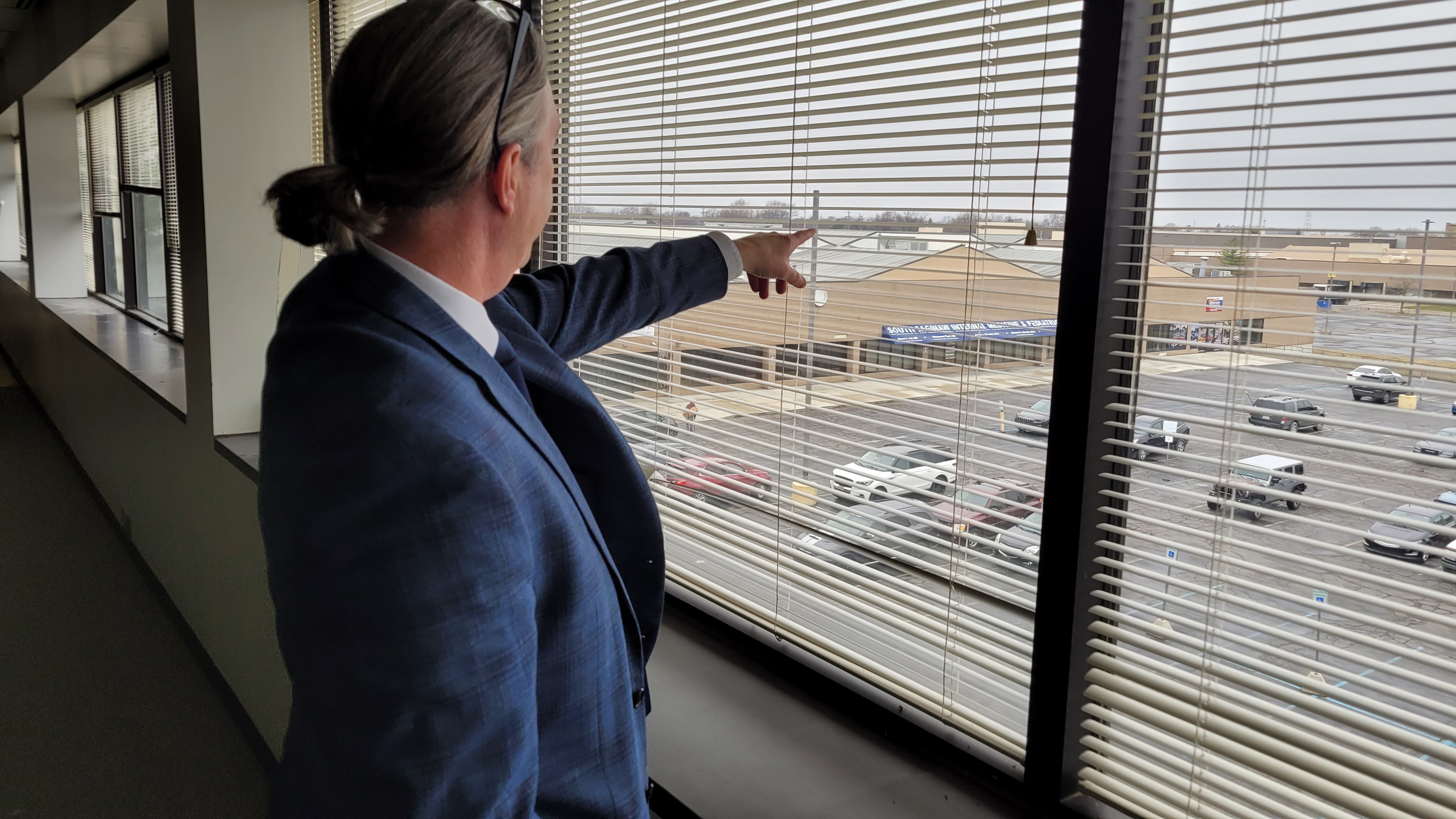Between 1932 and 1944, Ben Irving mailed more than a thousand postcards and souvenir packets home to Brooklyn from all cities and towns all over North America. This is the story of his postcards from one of those towns.
BATTLE CREEK, MI

How’s that for a gripping introduction? I have an unimaginable amount of housekeeping to do on this site, but for starters, I figured I would keep the Ben Irving Postcard Project entries separated by city, rather than clustered together by trip. Living in Michigan now will enable me to do more day trips and work Irving Postcard recon into my excursions, which is exciting. Whether this will result in any type of publication while I’m here remains to be seen. The demands of the new semester at a new job have prevented me from doing much writing at all, but hopefully September will be a productive month of catching up on the multiple proposals and abstracts I have floating around out there.
Anyway, I suppose I should put my money where my mouth is and talk about Battle Creek. Prior to stopping there en route to Kalamazoo (separate entry coming soon), the only space it occupied in my brain was a reference point for small-town Michigan’s post-industrial downturn. My dad mentioned driving through there in 1981, and being overwhelmed even then at how empty it felt. 38 years later, I found myself looking for landmarks based off images sent out into the world at the town’s peak period in 1938.
The first of which was the Kellogg Auditorium. If I ever knew that the eponymous cereal company was headquartered in Battle Creek and essentially keeping that whole city afloat, I had forgotten. The Kellogg food company, who originally produced health food for the Battle Creek Sanitarium (one second; ordering some t-shirts for my new prog metal band), essentially traced the city’s twentieth century history with their own successes. One landmark prominently displayed in a postcard that Irving mailed on October 18, 1938 was the Kellogg Auditorium. The Battle Creek Enquirer posted a wonderful history here on their garbage fire of a website (USA Today‘s fault, not theirs).

In order to recreate the image, I had to stand in the middle of McCamly St, next to the Battle Creek Central High School. For a handful of reasons, which become plainly obvious here, I had to move around to get any clear shots of the exterior. In addition to removing the parking lot and restructuring the McCamly side, the city (as far as I could tell) planted some trees, two of which had grown massive enough to obscure the building.


Also, in what I might assume was part of the 1981 renovation, they added a vestibule onto the main entrance, with dummy doors designed to replicate the original 1933 doors. I tried my best to take a photo where both were visible:

The building was locked and dormant, though it appeared to be still in prime condition to host special events in the main concert hall. Too bad I’m never anywhere near these place when they’re open to the public, or even available by special request. It would be great to see their immense house organ whenever I next pass through there, at any rate. Moving on…
The downtown strip across Battle Creek from Kellogg’s Auditorium felt dead on that Saturday afternoon. I saw a few food trucks setting up on McCamly Street off of Festival Market Square for some burger festival that evening. Maybe my timing was just off. Around 4pm, the only places that showed any signs of life at first on the Michigan Ave strip were a cricket bar and a Subway (which may have been due to the sandwich artist out front on his smoke break). A pair of young women with a nice camera were taking modeling photos next to a dormant construction site on the LEFT tower on this image below:

The two towers at the center of this postcard, which Irving mailed from Battle Creek on October 8, 1938, made it incredibly easy to recreate the shot. Here’s my best attempt.

In this shot, you can see the scaffolding hanging off of the tower at 25 W. Michigan, a landmark in the midst of a serious renovation. The one further back and to the right has already been renovated and transformed into Battle Creek Tower, a high rise of luxury condominiums (read their brochure here). Their website has a brief history:
Construction on the Battle Creek Tower began on August 20, 1930, and was open to the public on June 20, 1931. Originally home to the Central National Bank, it was complete with modern features and was the first high-rise to be built in downtown Battle Creek. To preserve the history and significance of the Tower, a copper box time capsule was sealed inside a building cornerstone during the dedication ceremony in 1931.
It goes on to talk about Roger Hinman’s purchase of the building in 2000 as well as how the building’s location in a so-called “renaissance zone” could provide tax benefits to residents. Well, isn’t that nice. I’m sure the 60-year-old homeless gentleman I met walking through Friendship park who has been sleeping under awnings and carrying paint cans at a facility a distant bus ride away to afford food would appreciate that.
I hate to sound pessimistic or contrarian here; I’m genuinely supportive of the local spirit that Battle Creek has, and support any sustainable efforts to regain some of the glory they seemed to encapsulate at (ironically) the Depression era. The key word, though, is sustainable. Heritage Tower, on the left and closer to my vantage point, according to the Battle Creek Enquirer, has been undergoing renovations for well over two years. They were initially eyeing a completion date in early 2019, but from what I saw it looked like they still had plenty of work to do.
One other noticeable landmark shift was the extinct Hotel Milner. In the 30’s, they charged the whopping rate of $1 per day (which is a little more than $15 per day adjusting for inflation – still an incredibly cheap rate). I was somewhat surprised to find a historical placard commemorating the hotel on the Parking Lot sign, considering how blatantly the building had been ripped out of the lot. The signage, placard, and the old building’s bone cage are more visible on this shot here. It just looks…off.

Additionally, had I not had the Heritage and Battle Creek Towers for reference points, I would have had fun tracing that gorgeous, highly recognizable trim in the postcard image back to the building at 26 W. Michigan:

So what did I learn about Battle Creek? A lot. As easy as it may be to be skeptical of language developers use to sell luxury high-rises to one of Michigan’s struggling small cities, Battle Creek does appear to be a canvas for young entrepreneurs to experiment, most of whom I imagine have been there for generations. Also, I found out that Sojourner Truth spent her twilight years living in Battle Creek, and the city finally gave her her due with a memorial at a major intersection.

Did YOU know that Sojourner Truth spent the remainder of her life in Michigan after the decades she spent campaigning for the rights of women and minorities around the country? Did you know who Sojourner Truth was? Tend to that second question first. Did you know that New York didn’t abolish slavery until 1828? I didn’t! But now I do, mostly because my great-grandfather decided to send a couple of postcards from “the breakfast capital of the world” 81 years ago.
Tune back in soon for The Ben Irving Postcard Project Visits Kalamazoo!


































 I would say I’m surprised I haven’t written anything here about my new position and base of operations in Mt. Pleasant, MI, but that would involve me ignoring how little I’ve posted in general over the past month. I’m still hoping to post some pictures from the IAG meeting in Hobart, I swear.
I would say I’m surprised I haven’t written anything here about my new position and base of operations in Mt. Pleasant, MI, but that would involve me ignoring how little I’ve posted in general over the past month. I’m still hoping to post some pictures from the IAG meeting in Hobart, I swear.